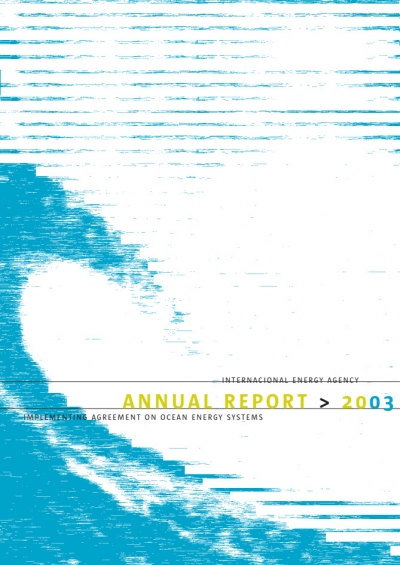


After almost thirty years of research and technology development on the utilization of wave energy and marine current energy, it is recognized that we are getting close to the exploitation phase of these renewable ocean energy resources. The proposed wave energy devices are based on a wide range of concepts and can be classified according to location. First generation devices, which use more conventional technology, are fixed devices located at the shoreline where access is easier but the resource is lower due to the energy dissipation in shallow waters, and the geomorphologic and environmental constraints are high.
Of the seven first-generation nearshore prototypes built since 1986, all (except one) are of the Oscillating Water Column (OWC) type. Other two OWC prototypes have been built nearshore (second generation). Survivability which is a major issue for wave energy systems has already been proved for OWCs. It should also be mentioned that the second generation OWC incorporated into the harbour of Sakata on the NW coast of Japan has been operating without major maintenance requirements since 1990.
Offshore third generation devices are in general more complex technologically and in addition require moorings and long electrical cable connection to land. On the other hand, they are less dependent on environmental constraints and exploit the more energetic deep-water resource. They are more appropriate for the large-scale exploitation of wave energy.